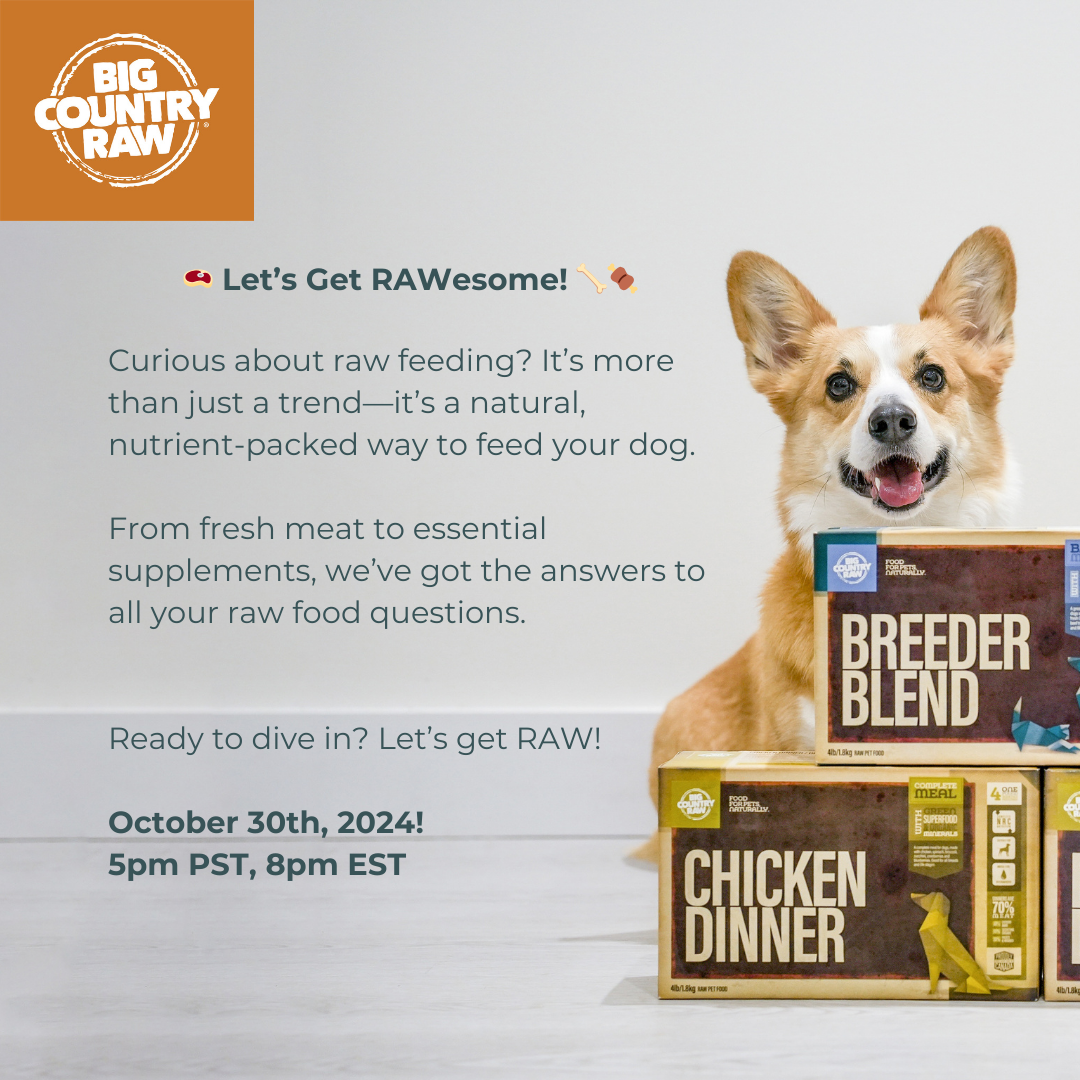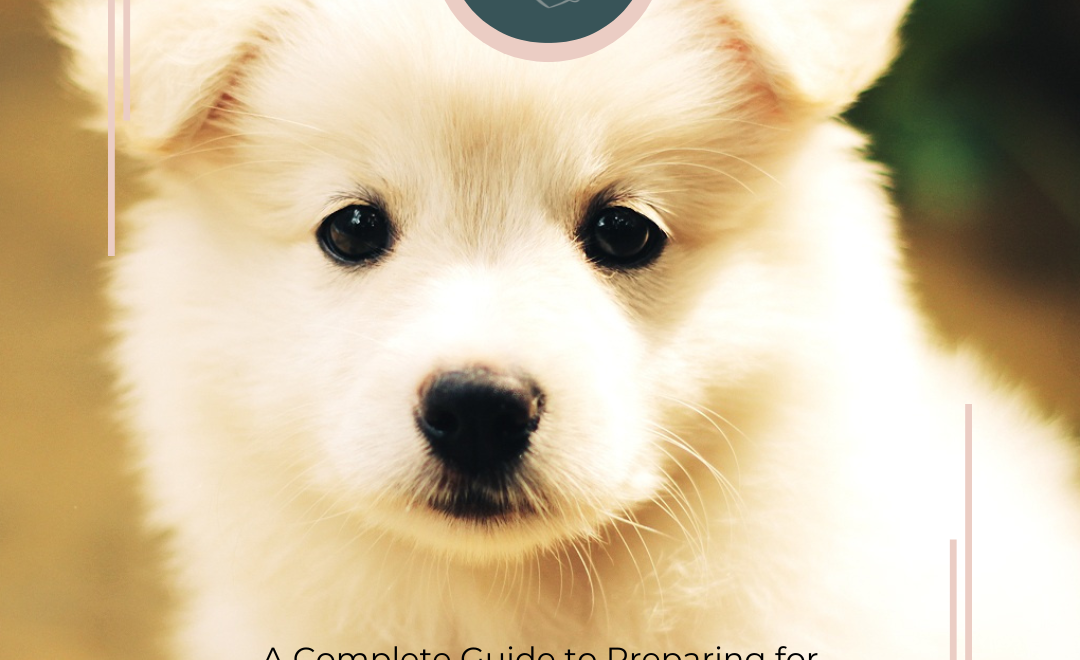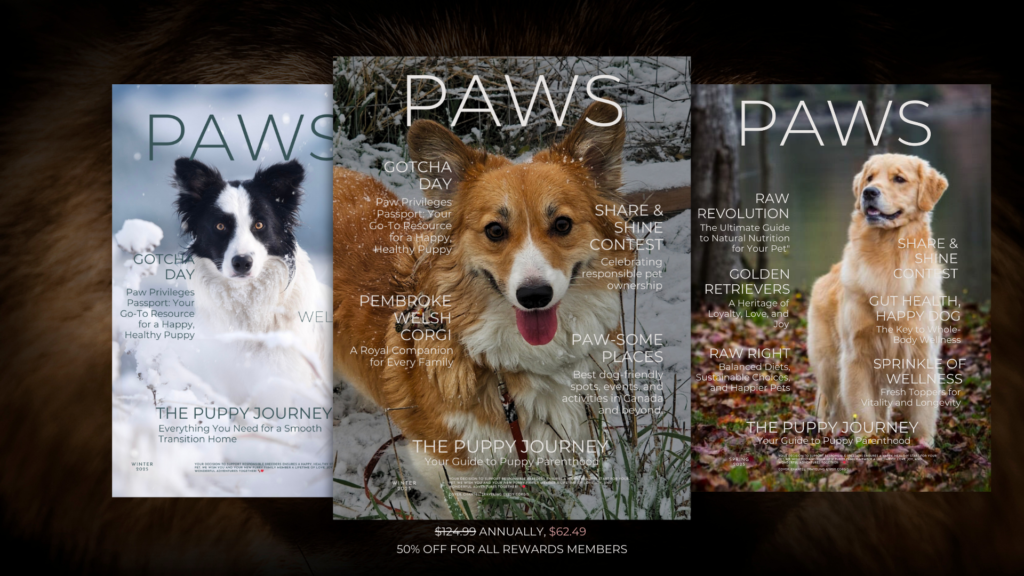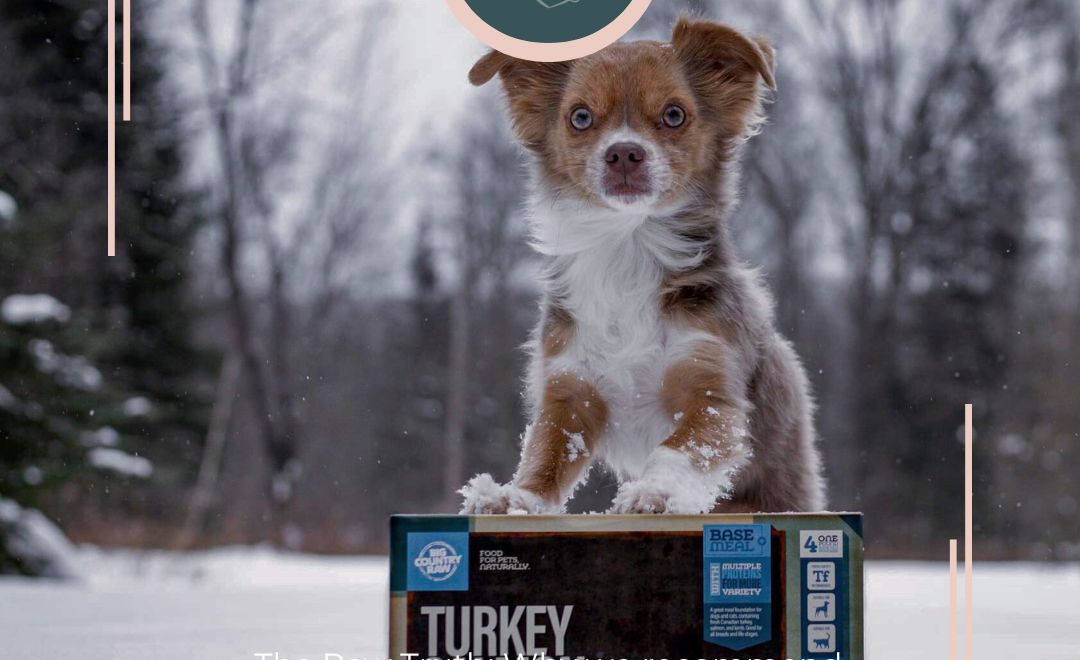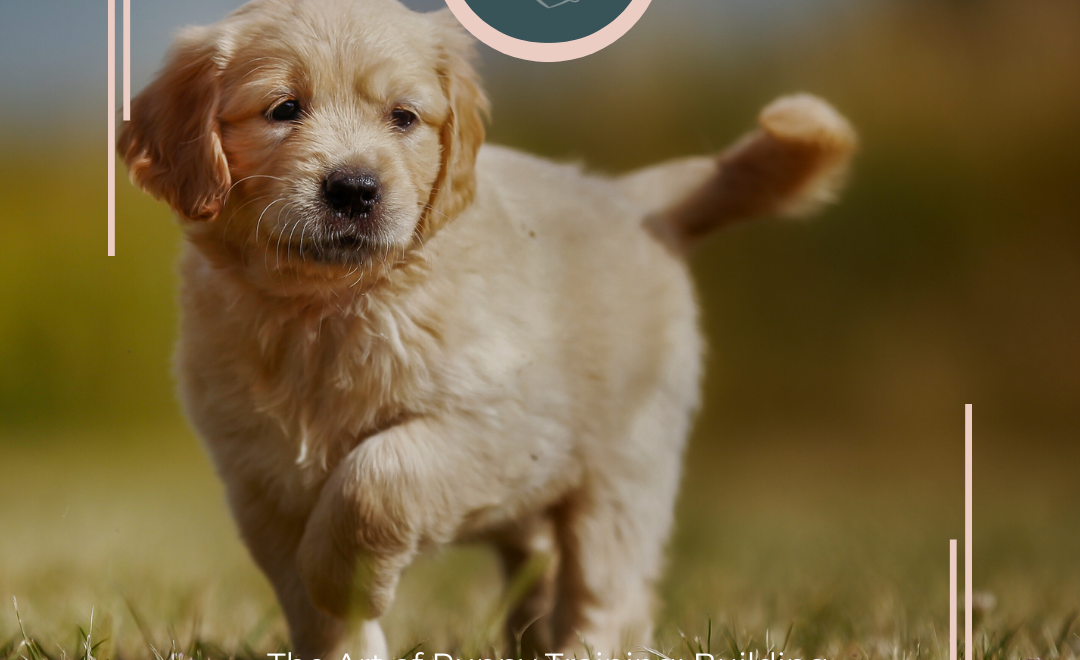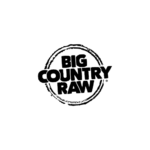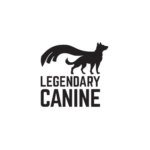Preparing for Your New Puppy: A Complete Guide for First-Time Pet Parents
A Complete Guide to Preparing for Your New Puppy
Are you counting down the days until you bring home your new furry family member? That mixture of excitement and nervousness you’re feeling? Totally normal! As a new puppy parent, you’re about to embark on one of life’s most rewarding adventures. Let’s make sure you’re fully prepared for the big day!
Why Preparation Matters
Think of preparing for a puppy like getting ready for a tiny, four-legged tornado of joy. They’ll turn your world (and possibly your furniture) upside down, but with the right preparation, you’ll both be set up for success. Trust me, your future self will thank you for taking the time to read this guide!
Essential Supplies: Your New Puppy Shopping Guide
The Feeding Station
Your puppy’s gotta eat, right? Here’s what you’ll need:
- 2 stainless steel bowls (one for food, one for water)
- High-quality puppy food (stick with what your breeder’s been using initially)
- Treats for training (small, soft ones work best)
- A food storage container (trust me, you don’t want kibble all over your pantry!)
The Snooze Zone
Every puppy needs their own cozy corner to catch those adorable puppy Z’s:
- A size-appropriate crate (with a divider panel – puppies grow fast!)
- Comfortable bedding (washable is key – accidents happen!)
- A couple of soft blankets
- A pet gate or exercise pen for safe containment
Pro Tip: 🌟 Place the crate in a quiet area of your home, but not so far away that your puppy feels isolated. Think “cozy studio apartment” rather than “basement bachelor pad”!
Puppy-Proofing: Operation Safe Haven
The Great Home Safety Sweep
Remember those baby-proofing commercials? Well, puppy-proofing is similar, except your “baby” has four legs and a remarkable talent for finding trouble! Here’s your room-by-room guide:
Kitchen Safety
Your kitchen is basically Disneyland for puppies – so many exciting things to explore! Make it less “adventurous” by:
- Installing childproof latches on lower cabinets
- Securing garbage bins (puppies have a PhD in dumpster diving)
- Keeping cleaning supplies locked away
- Moving food to higher ground (counter surfing starts young!)
Living Area Protection
Time to channel your inner safety inspector:
- Tuck away electrical cords (they’re not spaghetti, despite what your puppy thinks)
- Move precious items to higher shelves
- Check for small objects that could become impromptu chew toys
- Secure loose wires and cables
Creating Your Puppy’s Perfect Space
Think of this as designing your puppy’s first apartment. They need:
- A quiet area away from household traffic
- Their crate (their personal safe space)
- Easy access to water
- Appropriate toys within reach
- Non-slip flooring for those wobbly puppy legs
The Documentation Station
Keep these important papers handy (perhaps in a folder labeled “VIP – Very Important Puppy”):
- Vaccination records
- Microchip information
- Veterinarian contact details
- Breeder’s information
- Pet insurance documents
Financial Planning: The Real Talk Section
Let’s have a quick chat about money (don’t worry, it’s not as scary as it sounds!). Plan for:
- Regular veterinary check-ups
- Quality food and treats
- Pet insurance, get your first month of Fetch free with with Paw Privileges (because puppies are curious, and curiosity can be expensive!)
- Training classes (think of it as puppy college tuition)
- An emergency fund (expect the unexpected!)
Building Your Puppy Parent Support Network
Remember, it takes a village! Here’s who you need in your corner:
- A trusted veterinarian (bonus points if they have after-hours care)
- A reliable pet sitter (for those times when duty calls)
- Local pet stores (you’ll be on a first-name basis soon enough)
- Puppy training resources (because Google can only help so much)
- Other puppy parents (find your tribe!)
Final Words of Wisdom
Remember, preparing for a puppy is like preparing for a marathon – except instead of running shoes, you need chew toys, and instead of energy gels, you need infinite patience and a good sense of humor! Take a deep breath, check your lists twice, and get ready for the most adorable chaos you’ve ever experienced.

